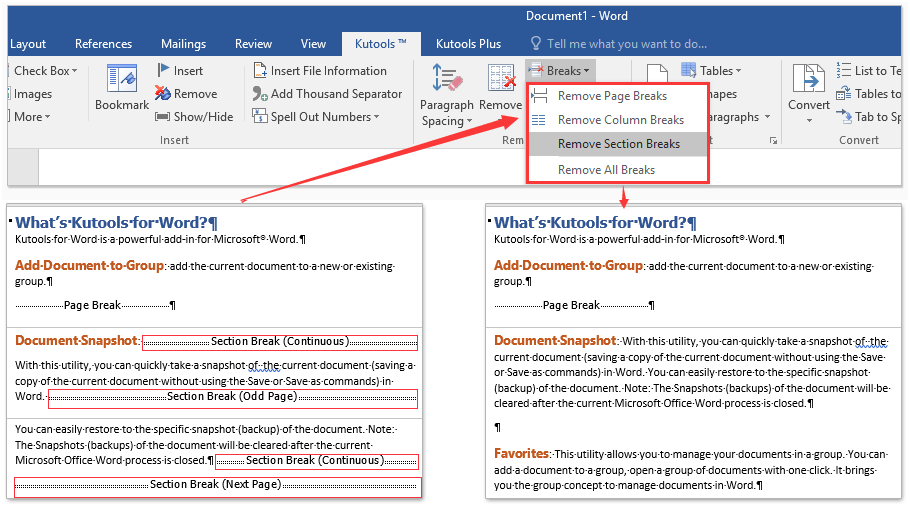

If you’ve ever wondered why there’s a blank page at the end of your Word document that won’t go away, that’s because the word processor includes an end paragraph that can’t be deleted. All that’s left to do now is press the Backspace key (or Delete on Mac). Select “Go To.”Īll of the content on your current page will be selected. Now, type \page in the “Enter Page Number” text box.
#HOW TO DELETE PAGES ON MICROSOFT WORD 2010 ZIP FILE#
zip file to be able to open and access the Pages format content within Microsoft Word, Office, or WordPad. 4) Select CONTINUOUS in 'Section start:'. 3) Click 'Layout' tab in Page Setup dialog box. 2) Click 'Page Setup' button in the lower-right corner of the Page Layout tab. That said, I hope this applies to your situation 1) Click 'Page Layout' tab in Word. You’ll now be in the “Go To” tab of the “ Find & Replace” window. zip extension, then hit the Enter key to save the extension change. WORD automatically added the extra annoying page that I wanted to delete.

Next, press Ctrl + G on Windows, or Option + Command + G on Mac. You can see the page number of the page you’re on by looking in the bottom-left corner of the window. The first thing you’ll want to do is tap anywhere on the page that you want to delete. If you don’t want to manually click and highlight the page’s text, you can use the built-in Find and Replace tool. The most sure-fire way is to make the end-paragraph very small (1 point): Press Ctrl+Shift+8 (+8 on a Mac) to show paragraph marks.

The way to delete the page is to make the end-paragraph fit onto the preceding page. The absolutely quickest way to get rid of a content page in Word is to select the content on that page and press the Backspace key (Delete on Mac). Word includes a non-deleteable end-paragraph that sometimes gets pushed out to a new, blank page at the end of a document.


 0 kommentar(er)
0 kommentar(er)
